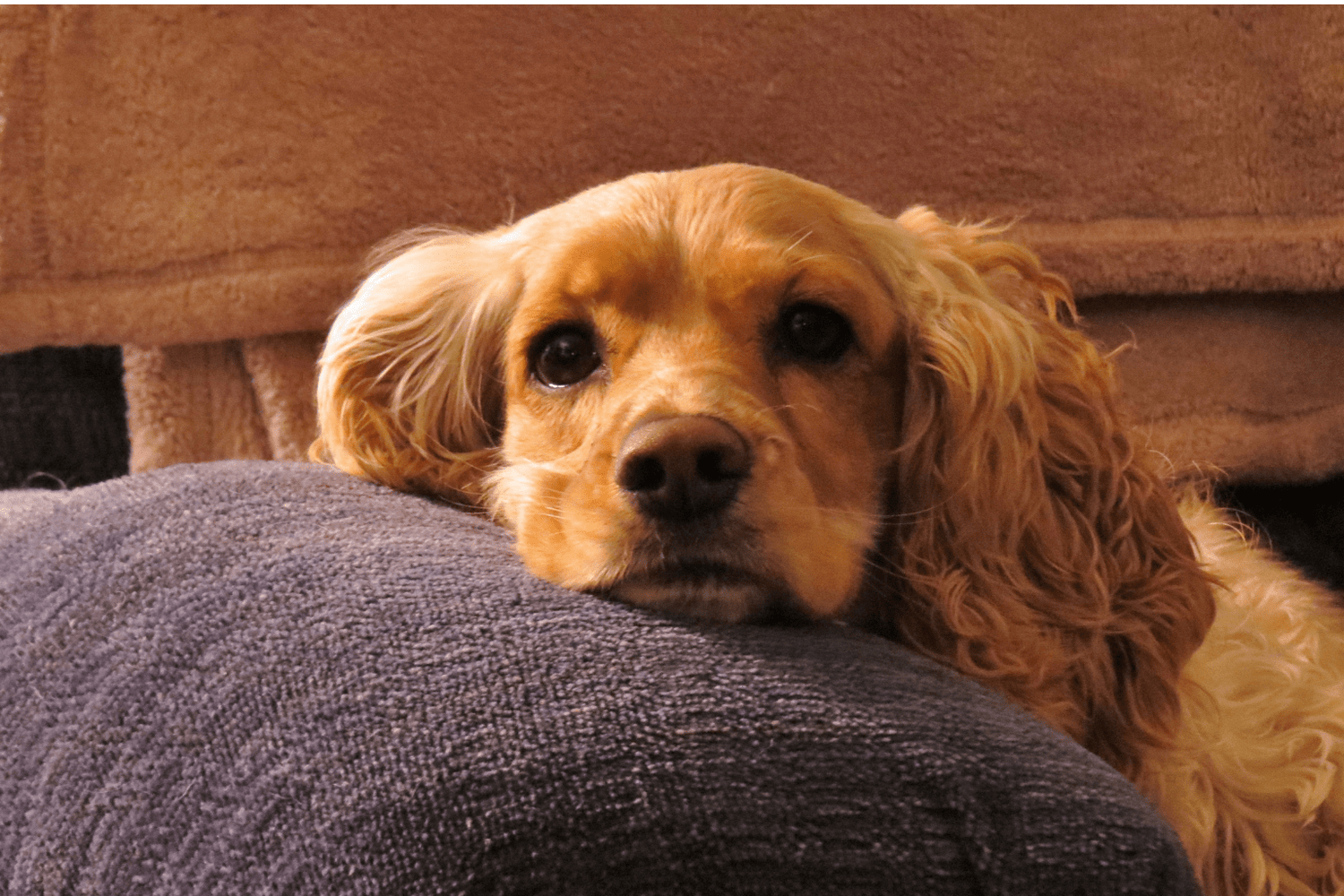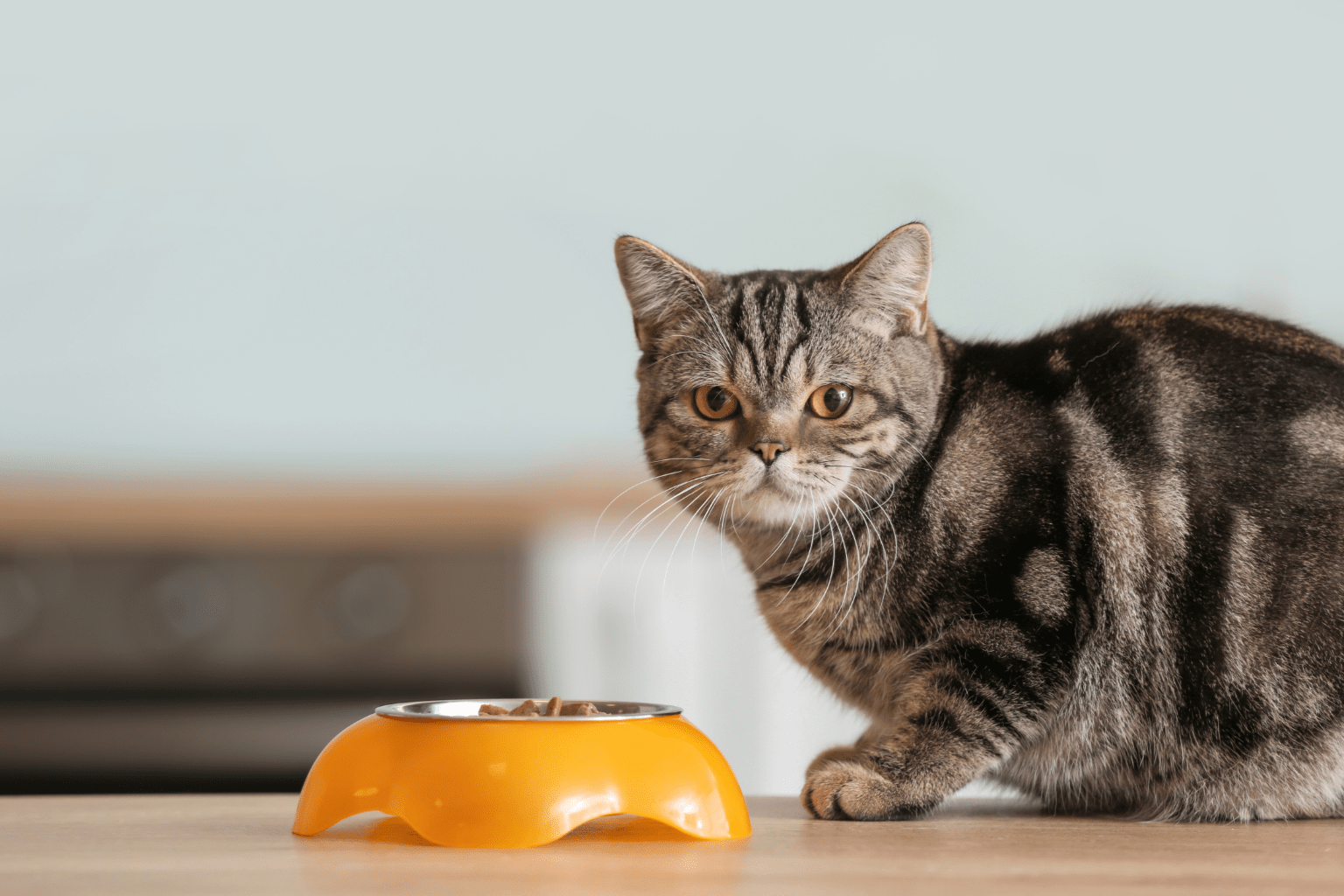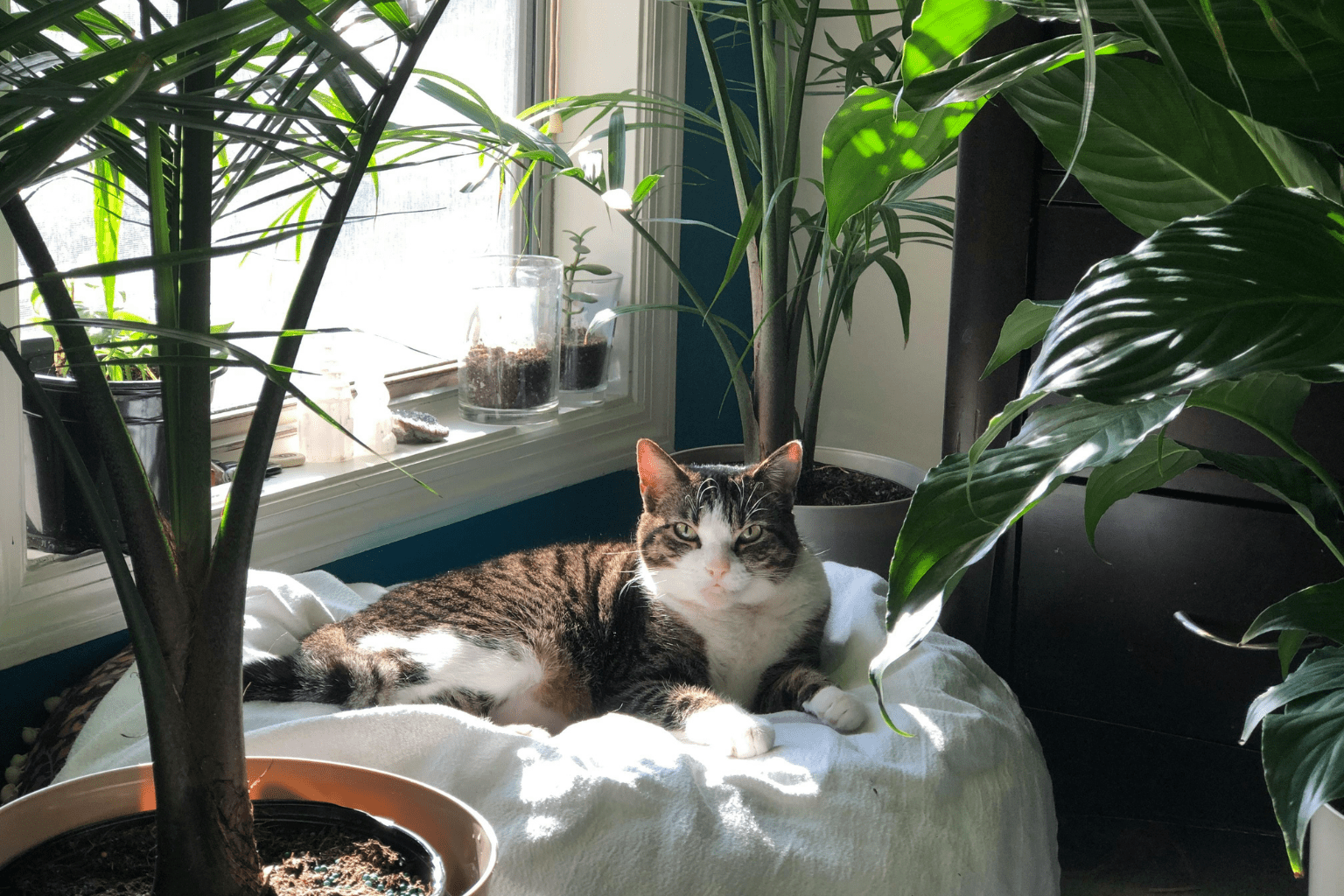Key Takeaways
- Dog relaxing involves helping anxious pets achieve calm through natural body mechanisms.
- Signs of anxiety in dogs include pacing during storms and excessive panting without exertion.
- Chronic stress in dogs can cause reduced attention spans, digestive issues, and weakened immunity.
- Promoting relaxation is essential for a dog's overall health, not just a comfort measure.
Table of Contents
- Dog Relaxing: Natural Techniques for Anxious Pets
- Why Your Dog Struggles to Relax (And Why It Matters)
- Creating Your Dog's Calm-Down Environment
- Proven Relaxation Techniques That Work
- Natural Support for Anxious Dogs
- Troubleshooting Common Relaxation Roadblocks
- Building a Sustainable Relaxation Routine
- Natural Support for Lasting Calm
- Troubleshooting Common Relaxation Challenges
- Measuring Progress and Celebrating Small Wins
- Your Path to a More Peaceful Dog
Dog Relaxing: Natural Techniques for Anxious Pets
Picture this: your dog paces endlessly during thunderstorms, pants without exertion, or simply can't settle even in their favorite spot. Dog relaxing isn't just about tired dogs, it's about helping anxious pets find genuine calm through their body's natural mechanisms. Chronic stress shortens attention spans, triggers digestive upset, and weakens immunity, making relaxation a health necessity, not a luxury.
You'll discover science-backed techniques that work with your dog's instincts, from environmental optimization to gentle touch protocols. We'll also explore when natural support becomes essential, because sometimes behavioral methods need backup. As someone who watched Tango spiral during storms until we found what actually worked, I know the relief of seeing your dog finally exhale.
For dogs who need extra help unwinding, consider adding Pet Relax Dog Calming Anxiety Relief to your routine. If your dog's stress is accompanied by digestive upset, Dog Digestive Health & Parasite Control Bundle can provide additional support for both relaxation and gut health.
Quick Recognition Guide
True relaxation looks like: soft eyes, loose jaw, steady breathing, willingness to lie on their side, and voluntary rest (not collapse from exhaustion).
Why Your Dog Struggles to Relax (And Why It Matters)

Understanding Canine Stress Triggers
Dogs face constant environmental stressors, thunderstorms, construction noise, chaotic households, and disrupted routines. Social triggers like separation anxiety, unfamiliar visitors, or multi-pet dynamics compound the problem. Herding breeds and working dogs often struggle most with "switching off" due to their genetic drive to remain alert.
Physical discomfort frequently masquerades as behavioral anxiety. Undiagnosed joint pain, digestive issues, or hormonal imbalances create a cycle where dogs can't relax because something genuinely feels wrong.
The Health Cost of Chronic Stress
Elevated cortisol suppresses immune function and disrupts sleep cycles, leading to behavioral issues like destructive chewing and excessive barking. The gut-brain connection means anxious dogs experience more digestive upset, stress-induced diarrhea and vomiting become common.
Proper rest allows the nervous system to reset, improves learning retention, and extends quality lifespan. Relaxation isn't optional, it's preventive medicine.
If your dog's anxiety is related to joint pain or mobility issues, Dog Joint Health & Mobility Bundle can help address underlying discomfort that may be preventing relaxation.
| Exhausted Dog | Relaxed Dog |
|---|---|
| Collapses but remains vigilant | Chooses to rest voluntarily |
| Ears tracking sounds, muscles tense | Body completely soft, may sigh contentedly |
| Whale eye (showing whites), tight lips | Soft gaze, slack jaw |
| Restless sleep, frequent position changes | Enters REM sleep easily |
Creating Your Dog's Calm-Down Environment
Sensory Optimization for Canine Relaxation
Visual calm starts with dim lighting and curtains blocking street activity. Create a designated "den" space, a crate with soft bedding or corner nook positioned away from high-traffic doorways. Sound management through white noise machines masks jarring noises, while classical music at low volume (no heavy bass) promotes relaxation.
Consistency matters more than specific scents. Keep bedding unwashed for 1-2 weeks to retain familiar smells, and maintain temperature between 68-72°F with cooling mats in summer or heated beds in winter.
Your Role as Calm Leader
Dogs mirror human stress levels. Practice steady breathing and use low, slow voice tones when settling your pup. Avoid hovering or excessive reassurance, this accidentally rewards anxious behavior rather than promoting genuine calm.
Proven Relaxation Techniques That Work
The Power of Structured Calm: Relaxation Protocols
Relaxation protocols teach dogs emotional regulation on cue, similar to teaching "sit" but for self-soothing. Dr. Karen Overall's simplified approach rewards dogs for remaining calm in down-stay while you perform everyday activities, opening the fridge, walking to the door, sitting on the couch.
Implementation timeline: Practice 2-3 sessions daily for 5-10 minutes each. Start absurdly easy (reward 3 seconds of calm, then 5, then 10). Most dogs show improvement within 2-3 weeks when you resist rushing the process.
Calming Through Touch and Massage
Not all petting relaxes, fast, patting motions can excite rather than calm. Slow, firm strokes along the body promote relaxation, especially gentle circular motions on shoulders, base of ears, and along the spine. Wait until your dog is already semi-relaxed (not mid-zoomies) and watch for calming signals like yawning and lip licking as positive feedback.
Expert Tip: The 3-Breath Settle technique works wonders. Guide your dog to their mat, wait for three of your deep breaths, then release and reward. This simple technique teaches dogs that stillness has value.
For more step-by-step guidance, see how to calm down a stressed dog for additional tips and troubleshooting strategies.
Natural Support for Anxious Dogs

When environmental changes and training protocols need gentle reinforcement, natural remedies can provide the missing piece. Dogs with trauma histories, chronic health conditions, or severe anxiety often benefit from multi-layered support that works with their body's natural healing mechanisms.
Homeopathy: Gentle, Targeted Relief
Homeopathic remedies stimulate your dog's own calming systems without the grogginess or side effects of conventional sedatives. Pet Relax Dog Calming Anxiety Relief specifically targets dogs who pace, pant, or struggle to settle, supporting nervous system balance during storms, travel, or daily stressors.
Our pellet-only format offers distinct advantages for dog relaxing routines. The pellets dissolve on gums for faster absorption through mucous membranes, bypassing digestive upset that can worsen anxiety. No pilling struggles, no hiding medication in food, and no alcohol content that's common in liquid formulations.
Pet parents typically notice improvement within 5-7 days of consistent use. Unlike quick-fix sedatives that mask symptoms, homeopathy supports gradual, lasting change when paired with relaxation training protocols.
Real Results: "Bailey went from hiding during thunderstorms to calmly resting on her bed within two weeks of starting the pellets alongside our relaxation protocol." - Sarah M., Border Collie parent
| Feature | BestLife4Pets Pellets | CBD Chews | Liquid Remedies |
|---|---|---|---|
| Administration | Dissolves on gums - no forcing | Must be chewed/swallowed | Requires dropper cooperation |
| Absorption Speed | Fast via mucous membranes | Slower through digestion | Variable, often incomplete |
| Side Effects | None reported | Drowsiness, appetite changes | Alcohol sensitivity possible |
| Multi-Pet Households | Individual dosing easy | Risk of other pets stealing | Cross-contamination concerns |
If your dog's anxiety is compounded by allergies or immune system issues, Dog Allergy & Immune Support Remedy can help address underlying triggers that may interfere with relaxation.
Troubleshooting Common Relaxation Roadblocks
Even well-intentioned dog relaxing efforts can hit snags. Understanding why techniques aren't working helps you adjust rather than abandon your approach.
When Your Dog Won't Stay Calm
If your dog can't maintain calm for more than 30 seconds, you're likely asking too much too soon. Drop your criteria to 5-second intervals and rebuild gradually. Success breeds success, rushing creates frustration for both of you.
Also rule out physical discomfort. Dogs with undiagnosed pain, arthritis, or digestive issues struggle to relax regardless of technique quality. Watch for subtle signs: reluctance to lie down, obsessive licking, or preferring hard surfaces over soft bedding.
Home Success, Public Struggles
Dogs don't automatically generalize learned behaviors to new environments. Practice your relaxation protocols in 3-5 different locations, backyard, friend's house, quiet park, before expecting success in high-stimulation areas.
Create portable calm cues: familiar blanket, calming music on your phone, and travel doses of natural remedies. Consistency across environments builds confidence faster than perfect execution in just one space.
When to Seek Professional Help: If your dog shows aggression tied to anxiety, self-harm behaviors, or complete inability to relax at home for 3+ weeks, consult a veterinary behaviorist for comprehensive evaluation.
For more on how joint issues can impact relaxation, see hip dysplasia in dogs signs treatments for signs and solutions.
Building a Sustainable Relaxation Routine
Effective dog relaxing becomes a lifestyle, not crisis management. The most successful pet parents integrate calm moments into daily rhythms rather than waiting for anxiety episodes to address the issue.
The 21-Day Calm Challenge
Week 1: Focus on environment setup and begin 5-minute relaxation protocols daily. Establish your dog's designated calm zone and practice basic settle commands.
Week 2: Add massage techniques or calming music. Introduce natural support like homeopathic pellets if environmental changes aren't sufficient alone.
Week 3: Practice in new locations and gradually increase distraction levels. Track progress by noting duration of calm moments, reduction in stress signals, and improved sleep quality.
Making Relaxation a Lifestyle
Schedule daily "nothing time", 30 minutes where your dog isn't expected to perform, play, or interact. They can simply exist without demands, allowing their nervous system to reset naturally.
Protect their rest periods by educating family members and visitors that sleeping dogs shouldn't be disturbed. Quality rest is as crucial for behavioral health as exercise and nutrition.
Natural Support for Lasting Calm

When environmental changes and training need reinforcement, gentle natural remedies can bridge the gap without side effects or dependency concerns. The key lies in choosing formulations that work with your dog's natural healing mechanisms rather than masking symptoms.
Pet Relax Dog Calming Anxiety Relief - Comprehensive Nervous System Support
Best for: Dogs with multiple anxiety triggers, rescue animals with trauma histories, and pet parents seeking daily prevention rather than crisis-only intervention.
Our carefully formulated pellets target the root causes of canine stress by supporting the nervous system's natural balance. Unlike single-ingredient solutions, this comprehensive approach addresses the interconnected nature of anxiety, digestive upset, and sleep disruption that many anxious dogs experience.
The pellet delivery system offers distinct advantages for dog relaxing protocols. Direct absorption through gum tissue bypasses digestive variables, working faster than treats or liquids. No flavor battles with picky eaters, no concerns about food interactions, and precise dosing every time.
Pet parents typically notice initial improvements within 5-7 days of consistent use, with full benefits developing over 2-3 weeks. The gradual, sustainable approach builds lasting calm rather than temporary sedation, allowing dogs to learn relaxation skills while supported by gentle natural relief.
For a broader look at natural options for canine wellness, explore natural dog supplements & remedies for common dog health problems that can complement your dog relaxing routine.
Troubleshooting Common Relaxation Challenges
Most dog relaxing setbacks stem from unrealistic expectations rather than technique failures. If your dog won't maintain calm for more than 30 seconds, you're likely asking for too much too soon. Drop your criteria to 5-second intervals and rebuild gradually, patience here prevents frustration later.
Location-specific anxiety requires deliberate generalization training. Dogs don't automatically transfer home relaxation skills to new environments. Practice your protocols in at least three different settings before expecting success in high-stimulation areas like vet offices or busy parks.
Your own stress levels directly impact your dog's ability to relax. Dogs detect cortisol changes through scent, making your anxiety contagious. Practice controlled breathing techniques before working with your anxious dog, box breathing (4 counts in, hold 4, out 4, hold 4) helps both species find calm simultaneously.
Recognize when professional intervention becomes necessary. Aggression tied to anxiety, self-harm behaviors like excessive licking that causes sores, or complete inability to relax even in quiet home environments for three weeks or more require veterinary behaviorist evaluation.
For more on how stress impacts both dogs and humans, see this research on how pets reduce anxiety from the American Psychological Association.
Measuring Progress and Celebrating Small Wins
Document your dog's relaxation journey with specific observations rather than general impressions. Note the duration of calm moments, frequency of stress signals, and sleep quality improvements. Photography can capture subtle changes in body language that you might miss day-to-day.
Meaningful milestones include the first 60-second settle without prompting, the first thunderstorm without destructive pacing, or the first car ride with steady breathing instead of panting. These seemingly small victories represent significant neurological shifts in your dog's stress response patterns.
Remember that dog relaxing is a learned skill, not a fixed personality trait. Some dogs master techniques within weeks while others need months of patient practice. Breed tendencies, individual history, and current life stressors all influence the timeline, but consistency always yields results. For additional insight into canine health and behavior, review this scientific overview of stress in companion animals.
Your Path to a More Peaceful Dog

Effective dog relaxing combines environmental wisdom, structured training, appropriate touch, and sometimes gentle natural support. The techniques that work best for your dog will depend on their unique triggers, learning style, and stress history, trust your observations and adjust accordingly.
Start with the foundation elements: optimized calm space, consistent relaxation protocols, and your own centered energy. Layer in massage, music, or natural remedies as needed rather than overwhelming yourself or your dog with too many changes at once.
True relaxation transforms both dog and human quality of life. Your patient investment in these techniques creates a more balanced, confident companion who can navigate life's stressors with resilience rather than reactivity. The journey requires commitment, but the destination, a genuinely peaceful dog, makes every consistent effort worthwhile.
If you're looking for more ways to keep your dog happy and healthy indoors, check out how to exercise dogs indoors for creative ideas that support both physical and emotional well-being.
Not a substitute for professional veterinary advice.
Frequently Asked Questions
What are the common signs that indicate my dog is experiencing anxiety or stress?
Common signs include pacing during storms, excessive panting without physical activity, restlessness, and difficulty settling down. You might also notice changes like soft eyes becoming wide, a tense jaw, or avoidance behaviors.
How can natural techniques like massage and calming scents help my dog relax?
Gentle massage and calming scents like lavender work by engaging your dog’s natural relaxation responses, easing muscle tension and promoting a sense of safety. These methods support your dog’s body to unwind without relying on medications.
Why is promoting relaxation important for my dog's overall health and not just their comfort?
Relaxation helps reduce chronic stress, which can otherwise shorten attention spans, upset digestion, and weaken immunity. Supporting calmness is essential for your dog’s long-term health, not just a moment of peace.
When should I consider using natural supplements or additional support for my anxious dog?
If your dog’s anxiety persists despite environmental changes and calming techniques, or if stress affects their digestion or behavior, natural supplements can provide gentle, ongoing support. They work alongside your efforts to nurture lasting calm.



